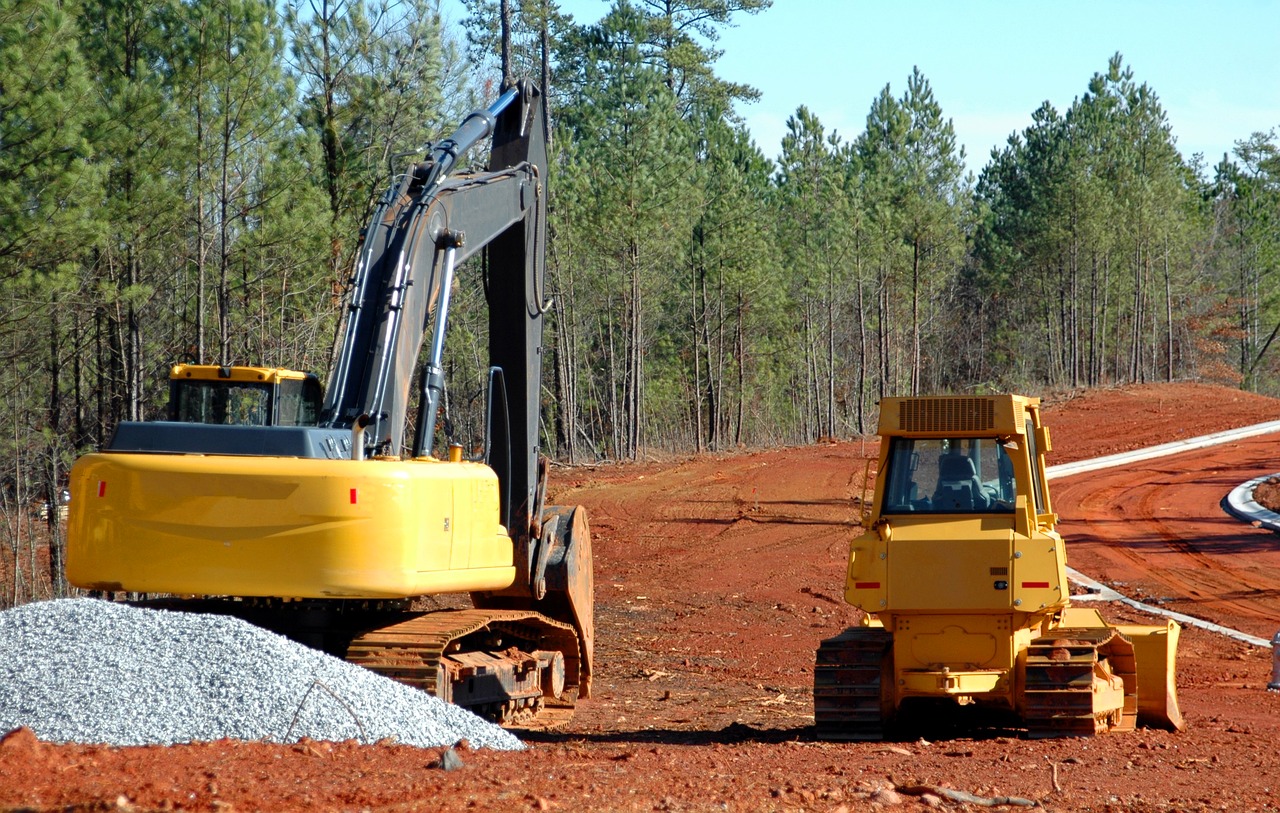For over a year President Trump promised to rebuild America’s infrastructure. While the details of his program have not been fully disclosed, it appears that rolling back environmental regulations will be at its core. Rolling back those rules, the President believes, will speed up “the painfully slow, costly and time-consuming process of getting permits and approvals to build.”
As a Republican for most of my life, I generally support deregulation. Market mechanisms are usually more effective in allocating resources, stimulating innovation, and delivering projects. But when there is market failure, regulations can be critical to protecting public interests, such as clean air and water, land and resource conservation, greater fuel efficiency, and highway and workplace safety.
Applying for environmental approvals—whether wetlands or endangered species permits, or Coast Guard navigational consents—can be burdensome. It is, however, a necessary step to balance public values with accelerated project delivery. Environmental Impact Statements (EIS)—mandated for large projects by the National Environmental Policy Act (NEPA) and apparently the bane of the President’s frustration—are the principal means to assure broad support for significant projects.

Trump is wrong: Gutting air, water and land regulations won’t speed up infrastructure building. (Photo: Pixabay)
In my own experience, as the chief executive officer of a state transportation agency and as a federal transportation official, environmental regulations were rarely the most significant inhibitors of project delivery. More often than not, extended delays were related to disputes about project scope, character, funding, and siting. Even though raised in the context of environmental applications, these clashes were largely political in nature and indicative of a lack of community consensus about project need. I have little doubt that opposition groups would have found other ways to delay or litigate transportation projects if NEPA or other environmental rules were not available to them.
What’s more is that less than 10 percent of federally assisted transportation projects require an EIS. The vast majority—particularly those that involve rehabilitation, restoration, and modest improvements—are “categorically excluded” from the NEPA process entirely. And it is important to note that, under federal law many environmental responsibilities can already be transferred to those states willing to assume them. Many reforms in environmental streamlining and coordination have already been achieved under federal statutory provisions, executive orders, regulations, and agency guidance.
So if environmental deregulation is not the core issue, what can be done to speed up infrastructure projects? Three critical areas need to be addressed:
First, the most significant cause of delay is the lack of sustainable funding. Certainty of funding is most important in assuring the implementation of the long-term capital programs required to fix, modernize, and maintain infrastructure. Uncertainty inhibits the capacity of state and local agencies to reconstruct and maintain the roads, bridges, and transit systems that they own and operate. Maintaining what they have, and not building new projects, is their greatest need and for that they need dependable and dedicated revenue and investment sources.
Second, state and local procurement practices are serious obstacles to faster and less expensive transportation project delivery. The design-bid-build process—still required in most states—inhibits the introduction of more efficient contracting practices, technological innovations, and new materials. There would be substantial benefits if the Trump infrastructure program included incentives and bonuses to states and localities to streamline their procurement procedures.
Third, project selection processes are deeply flawed in many places and in need of reform. Even $1 trillion in infrastructure investment will require wiser choices for how funds are used and which projects should be prioritized. The best projects are the ones with the most support and are more likely to move through the review process quickly and with less susceptibility to litigation. Virginia’s new method of evaluating and measuring projects is an innovation that other states should follow and something the federal government should encourage.
The Trump Administration’s emphasis on delivering projects quickly is laudable. But achieving it will take far more than environmental streamlining and deregulation.
By all means, let’s find ways to accelerate infrastructure project delivery. But environmental deregulation is only part of, and not the most significant element in, such an effort. The assurance of funding and better procurement and project selection processes are the best ways to bring the nation’s infrastructure to a state of good repair quickly and efficiently.
The views expressed above are those of the author and do not necessarily reflect the views of the Eno Center for Transportation.



